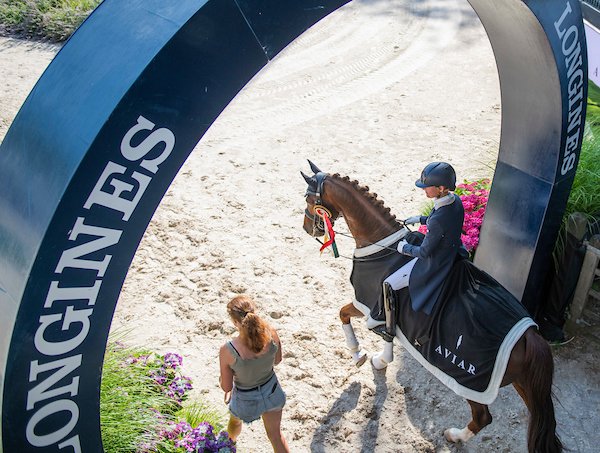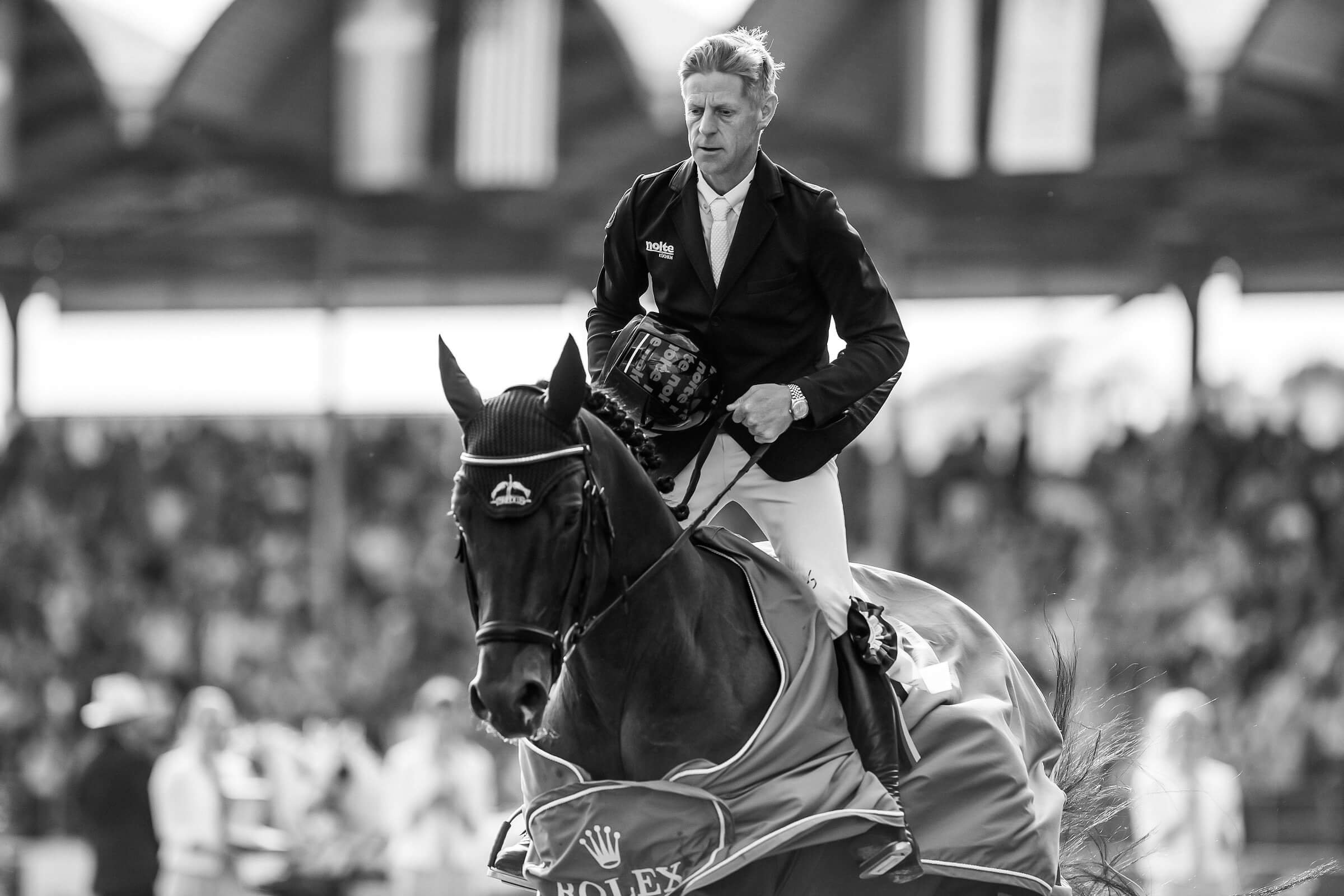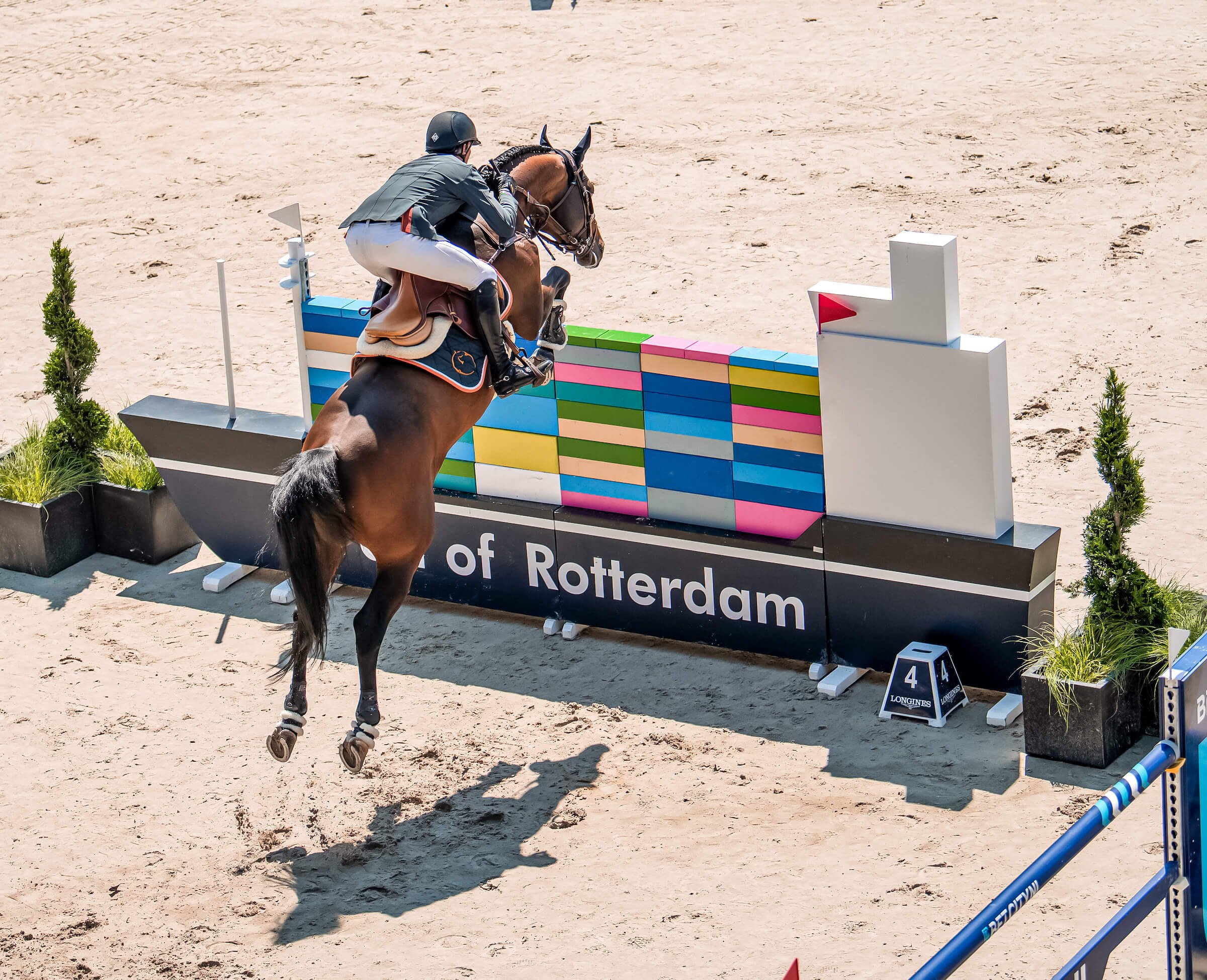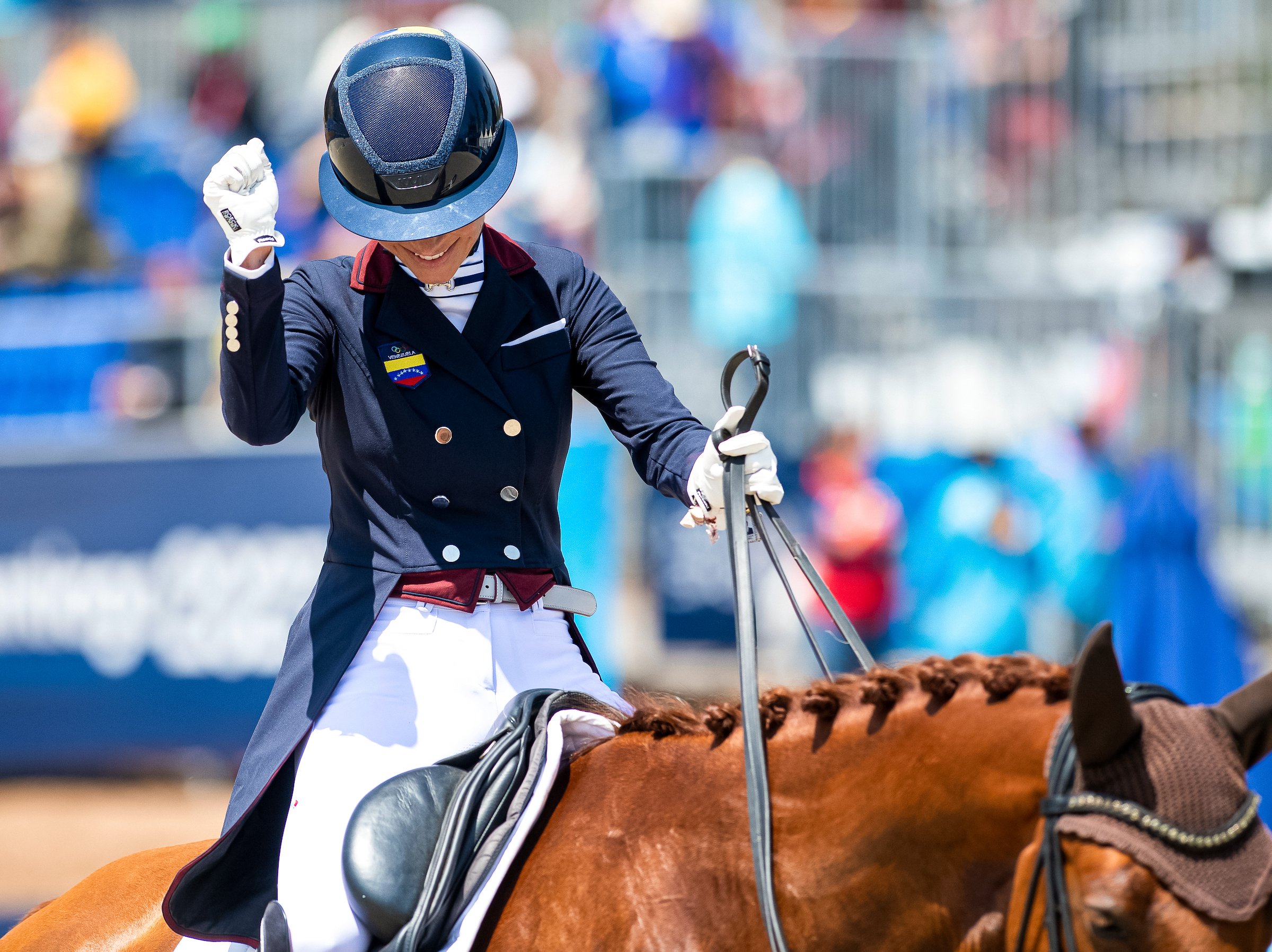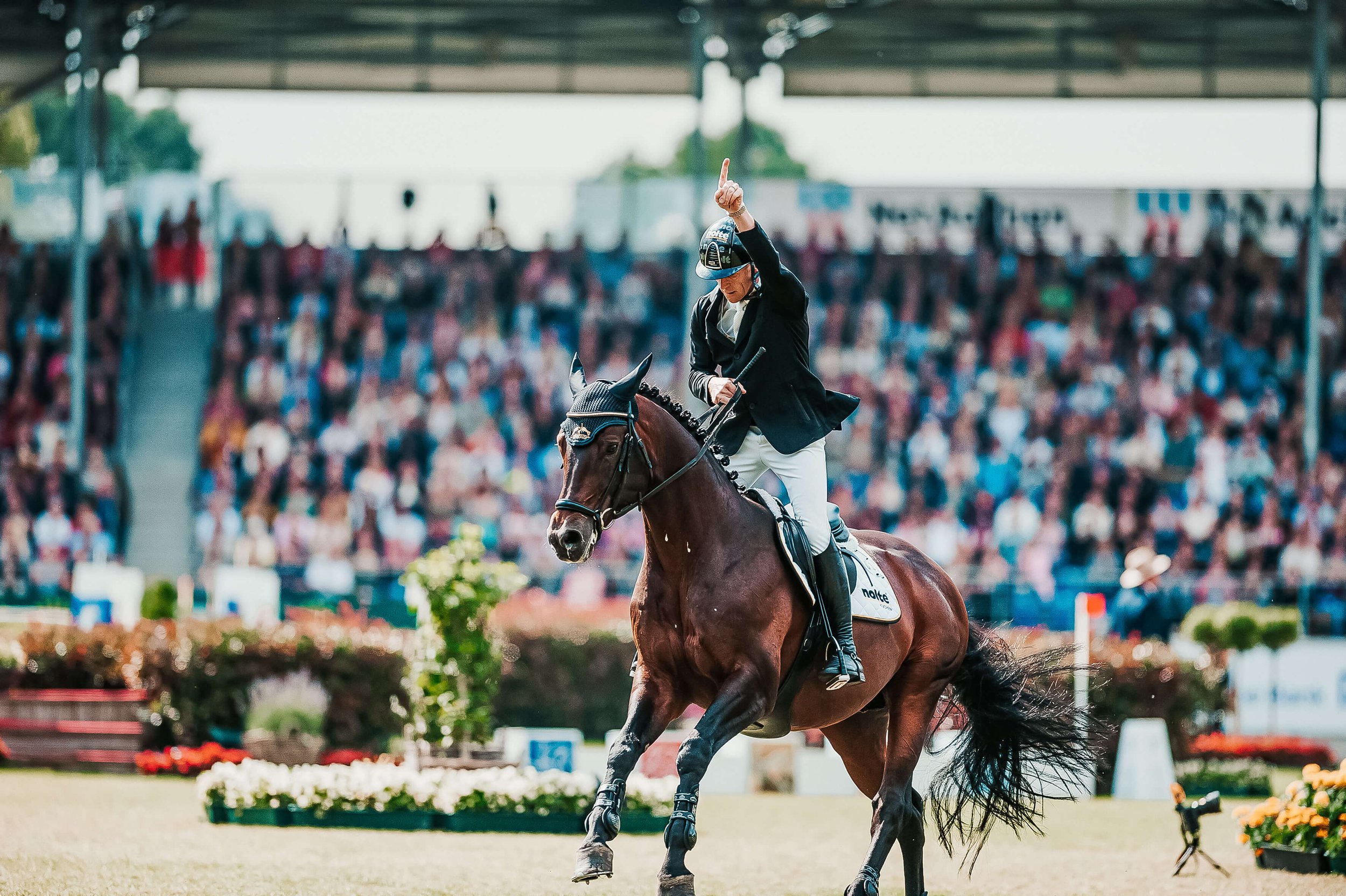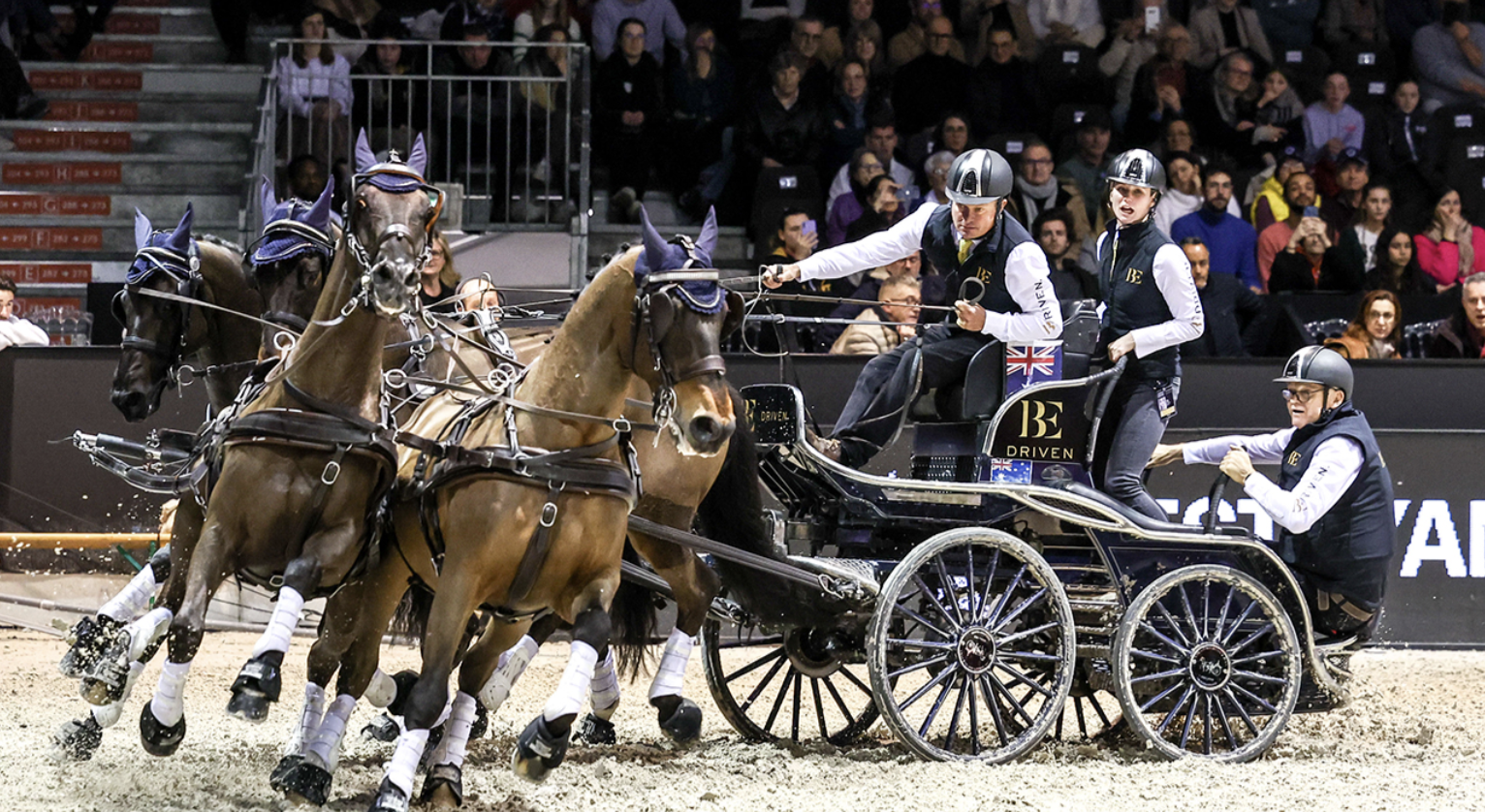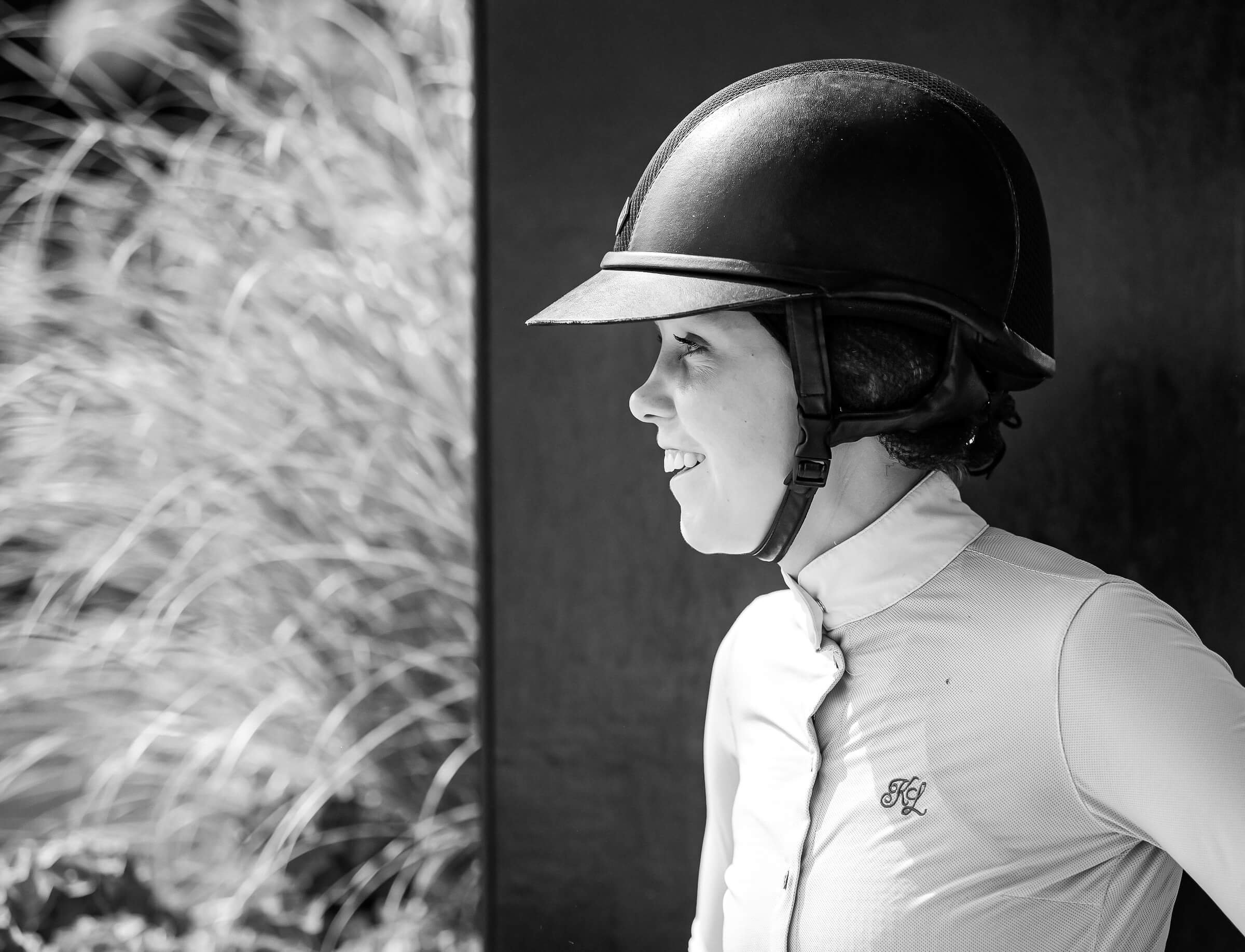Equestrian Sports: Millions of Fans, Missing Millions in Sponsorships
The inaugural edition of EQuerry's monthly newsletter addresses a significant issue within the equestrian sports industry: the disparity between its extensive fanbase and the lack of substantial sponsorship deals. As the 75th anniversary of CHIO Rotterdam begins, closely followed by the Hickstead Derby in the UK, CHIO Aachen in Germany, and the equestrian events in the Paris 2024 Olympics, the newsletter highlights the substantial economic impact and popularity of these events. Despite the large following, with CHIO Aachen alone drawing over 360,000 attendees annually, equestrian sports struggle to attract diverse and relatable sponsorships.
The financial potential of equestrian sports is undeniable. CHIO Aachen generates over $10 million in annual revenue, with its main stadium accommodating up to 40,000 spectators, double the attendance of an average NBA game. The American Horse Council's Economic Impact Study reveals that 30.5% of American households have at least one horse enthusiast, contributing $50 billion to the U.S. GDP. Europe’s equestrian industry is even more significant, with an economic impact of $111 billion and nearly half a million jobs. In the UK alone, the industry is valued at £5 billion.
Despite this, sponsorship in equestrian sports remains limited to luxury brands like Rolex and Longines, which do not align with the majority of the fanbase's financial reality. In the U.S., only 28% of horse owners earn over $100,000 annually, with 35% earning less than $50,000. This middle-class demographic is more likely to invest in practical items related to their passion for horses rather than luxury watches.
In the newsletter, we point out the missed opportunities for mainstream athleisure brands like Nike, Adidas, and Puma, which could significantly benefit from sponsoring equestrian events. The visibility for sponsors in equestrian sports is currently limited compared to sports like Formula 1, where branding opportunities are abundant and strategically placed on teams, cars, and drivers' uniforms.
The lack of media coverage and press engagement in equestrian sports further hampers sponsorship potential. Unlike other individual sports, equestrian events rarely feature press conferences, limiting exposure for both athletes and potential sponsors. Enhancing media accessibility and visibility could attract more consumer brands, thereby increasing sponsorship and investment in the sport.
EQuerry's study underscores the demand for better accessibility to watch horse sports, with 44% of fans watching weekly and another 44% occasionally. Despite this interest, the primary barrier remains the accessibility of broadcasts. Improving this could lead to increased sponsorship, benefiting the entire equestrian sports ecosystem.
At EQuerry, we position ourselves as a partner for brands looking to penetrate the equestrian market, offering expertise and insights to bridge the gap between the sport’s fanbase and the consumer brands that could effectively engage with them. Book a call to learn more.



